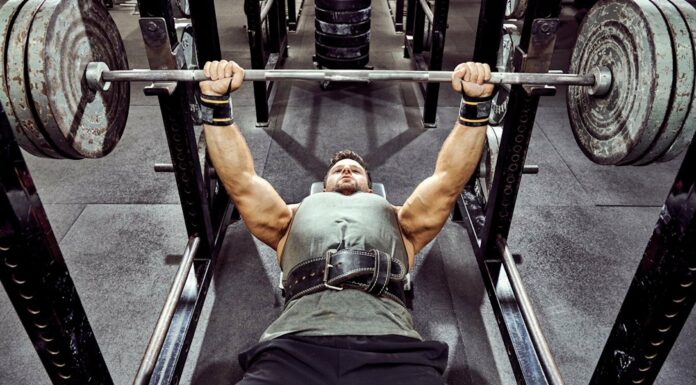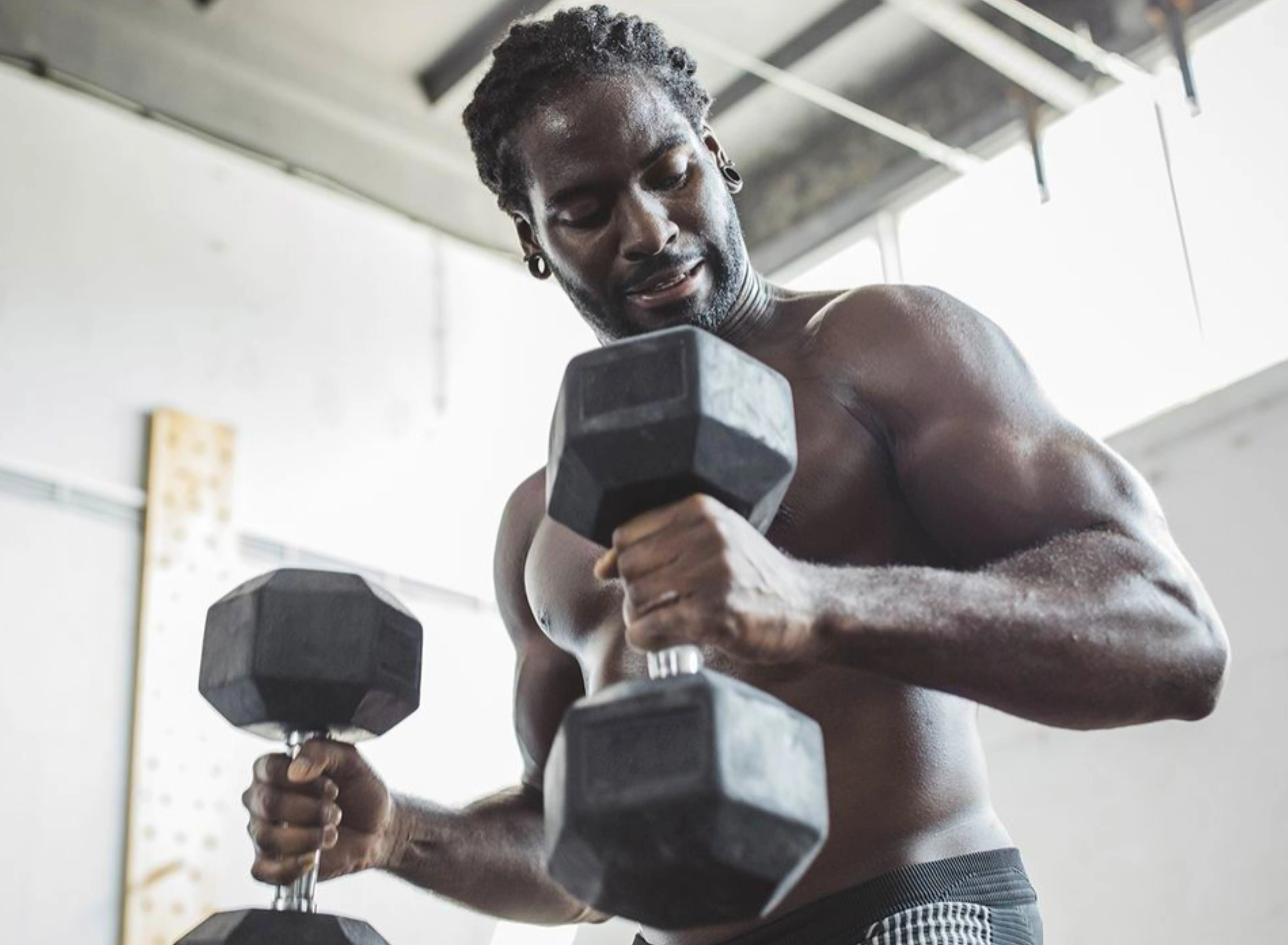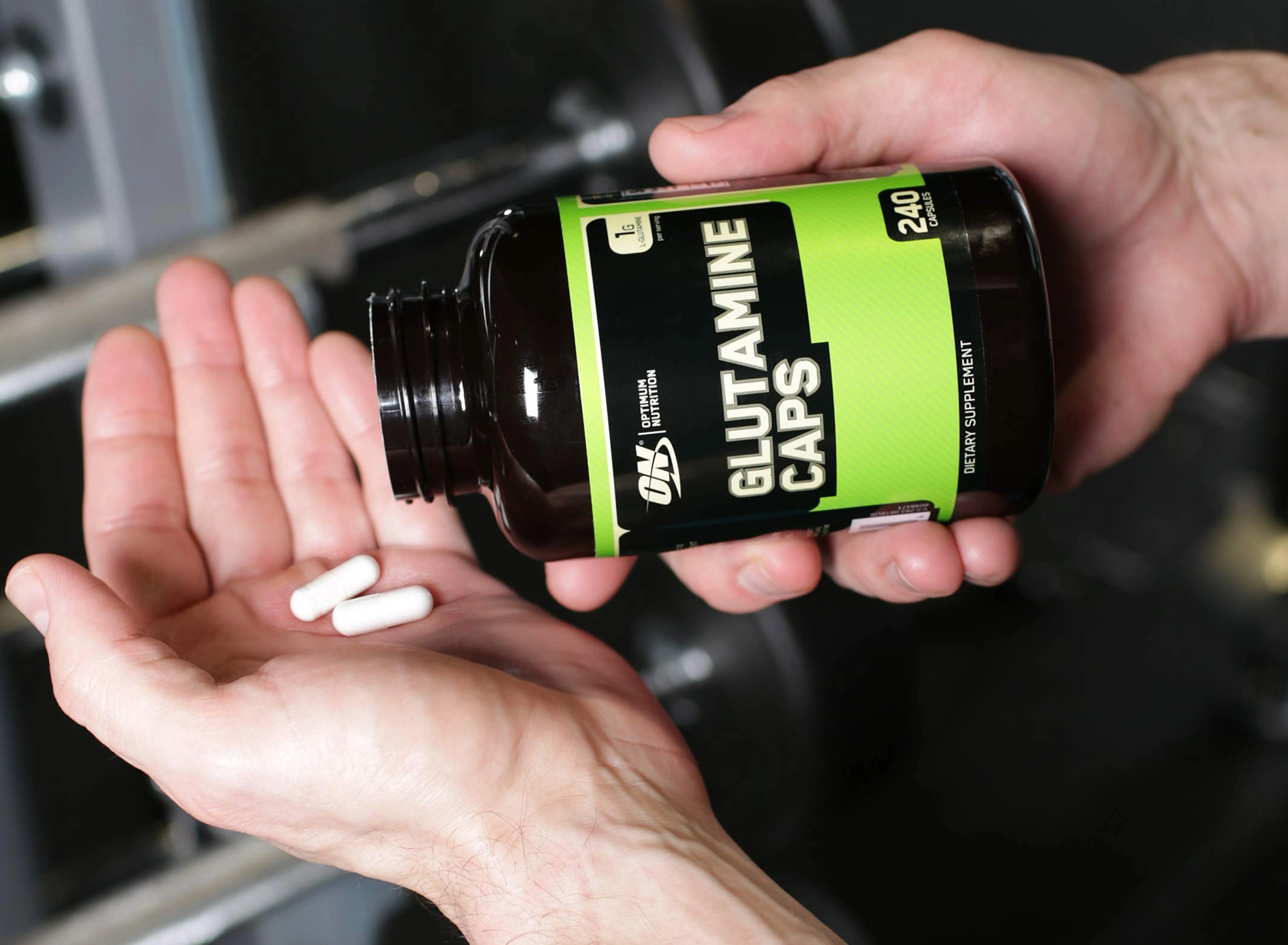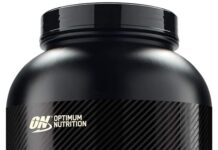A lot of folks are confused when it comes to building muscle and having that desired physique and many people think they should consider lifting heavy weights to achieve that level BUT the reality is that you don’t need to lift heavy weights to build muscle BUT you have and must exhaust your muscle tissues to the fatigue level. Building muscle is a process of exhausting the muscle tissues and not just lifting heavy to impress folks in the gym.
Let me explain about muscle exhaustion: “Muscle exhaustion is when you hit the gym, choose a certain workout, and train that certain muscle group until it hurts. It makes the blood vessels run fast and it pumps the muscle and the muscle grows when it gets exhausted”. That’s why exhausting the muscle is more important than lifting heavyweights when it comes to building real muscle tissue. we’re gonna cover this topic very carefully in this entire article.
Current gym dogma holds that to build muscle size you need to lift heavyweights. However, a new study conducted at McMaster University has shown that a similar degree of muscle building can be achieved by using lighter weights. The secret is to pump iron until you reach muscle fatigue. “Muscle building can be achieved by using lighter weights to pump iron until you reach muscle fatigue”.
“Rather than grunting and straining to lift heavy weights, you can grab something much lighter but you have to lift it until you can’t lift it anymore,” says Stuart Phillips, associate professor of kinesiology at McMaster University. “We’re convinced that growing muscle means stimulating your muscle to make new muscle proteins, a process in the body that over time accumulates into bigger muscles.”
Phillips praised lead author and senior Ph.D. student Nicholas Burd for masterminding the project that showed it’s really not the weight that you lift but the fact that you get muscular fatigue that’s the critical point in building muscle. The study used light weights that represented a percentage of what the subjects could lift. The heavier weights were set to 90% of a person’s best lift and the lightweights at a mere 30% of what people could lift. “It’s a very lightweight,” says Phillips noting that the 90-80% range is usually something people can lift from 5-10 times before fatigue sets in. At 30%, Burd reported that subjects could lift that weight at least 24 times before they felt fatigued.
“We’re excited to see where this new paradigm will lead,” says Phillips, adding that these new data have practical significance for gym enthusiasts but more importantly for people with compromised skeletal muscle mass, such as the elderly, patients with cancer, or those who are recovering from trauma, surgery or even stroke.
The findings are published in PLoS ONE: www.plosone.org/article/info%3Adoi%2F10.1371%2Fjournal.pone.0012033
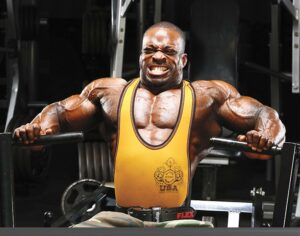
- Shop for Sports & Fitness products at eVitamins.com!
- $5.95 Ground Shipping On Any Purchase In The US! – Shop Now!
- A1Supplements.com – Lose Fat, Gain Muscle!
- LivPur – advocates for safe, clean and, most importantly, low–cost yet effective nutrition!
